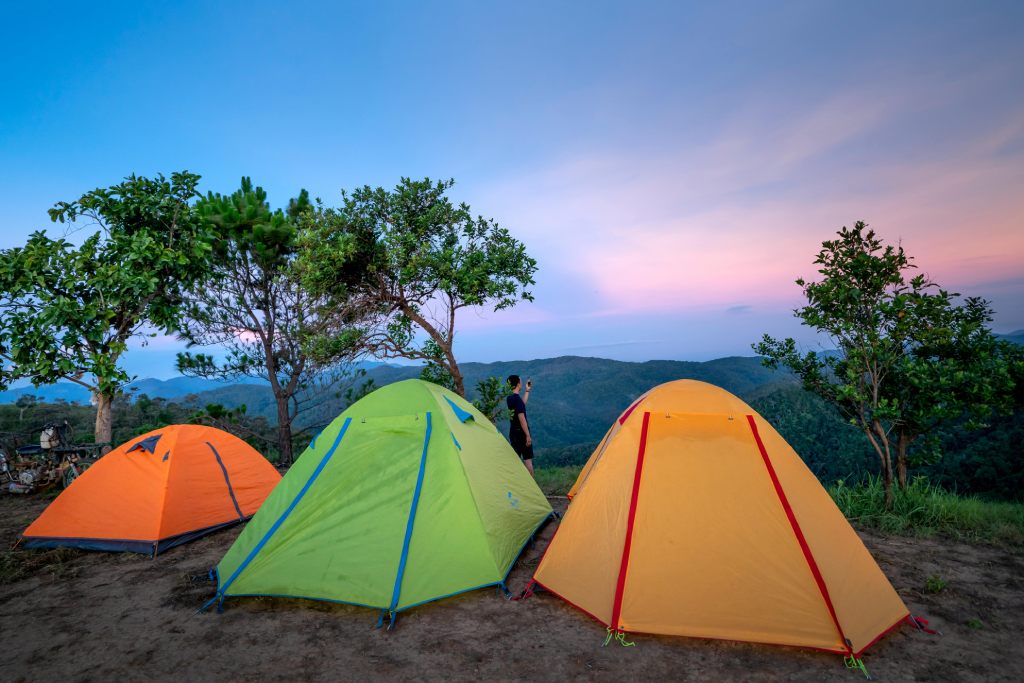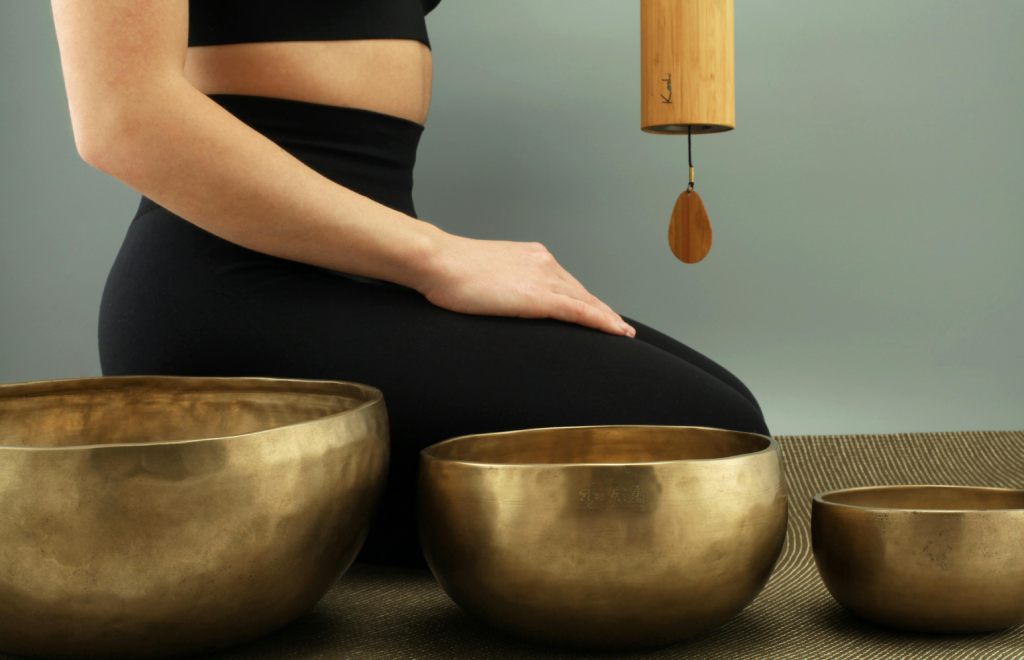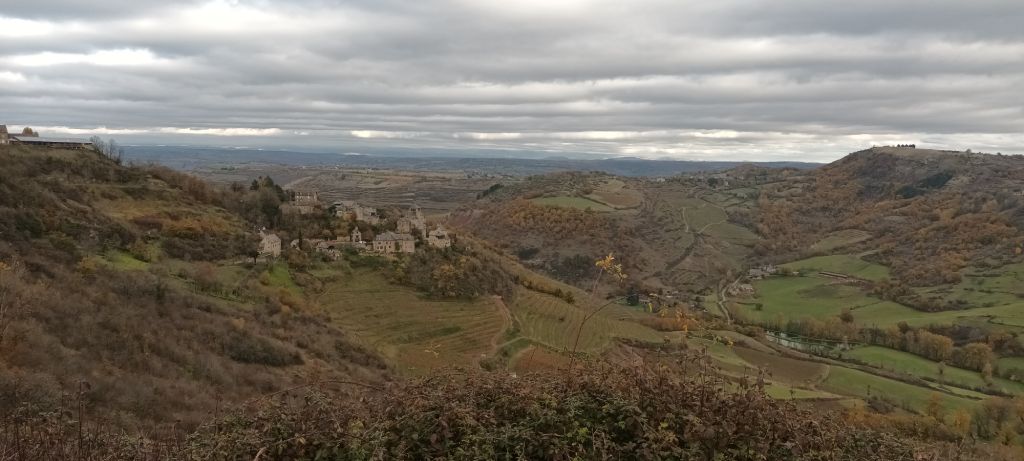Have you been wondering exactly what wellness travel is, what it involves and what it could do for you?

Wellness travel has become a familiar phrase over the last few years. Even before our COVID-induced confinement, the wellness tourism market grew from $439 billion in 2012 to $720 billion in 2019.
Since the pandemic, many of us are taking our health and well-being more seriously and want to maintain this focus when travelling. This increased demand has led to the rise of wellness experiences globally, offering a more personalised experience.
What is wellness travel?
Wellness travel unites the two industries of wellness and travel. It’s about living a healthy lifestyle wherever you travel and prioritising your well-being at all times.
The idea of wellness means something different to everyone, which is why the industry has made so many advances to cater to the growing demand for personalised experiences.
As little as around ten years ago, many of us associated wellness travel with a week spent disconnecting at a yoga retreat. While this remains an ideal getaway for some, it now represents only a small part of what wellness travel can offer.
The current wellness travel trends
From luxury spa getaways to digital detox retreats, and from culinary wellness trips to solo holidays for singles, each experience can contribute to your personal wellness journey and give you the opportunity for self-discovery, improved health and a touch of adventure.
What’s trending in wellness travel in 2024?
Sleep hygiene
With as many as 58% of us not getting enough sleep, many resorts and retreats are focusing on improved sleep quality through scientifically backed sleep therapies and environments designed for optimal rest.

The Malibu Beach Inn in California has sleep suites with AI-powered smart beds combined with heated eye masks with biometric sensors that calm the heart rate. At the Equinox Hotel in New York, guests can enjoy soundproof sleep chambers and a “Science of Sleep” package, which uses sound and harmonic therapy to provide the equivalent of 3 hours of rest in just 30 minutes.
Cultural integration
Immersing yourself in local traditions allows you to discover authentic experiences across the globe. Healing techniques passed down through generations help you reconnect with your inner self, and the earth, offering a holistic approach to wellness.
Spiritual practices and Ayurvedic treatments provide profound connections with nature, leaving you feeling enriched and rejuvenated. At Our Habitas in Namibia, ancient practices meet modern technology for a unique grounding experience.
Family travel
Family travel has evolved from taking a break without the kids to multi-generational family breaks. Immersing in outdoor activities together allows the whole family to learn new activities and overcome challenges in different environments.
Introducing wellness to young children encourages healthy habits early in life. Family bonding retreats can be found at the Zulal Wellness Resort by Chiva-Som in Qatar. For a more back-to-nature experience, Camp Wild offers wild camping adventures on previously inaccessible land in the UK.

Menopause retreats
Menopause has lost its taboo status, with resorts dedicated to women’s health increasing in number. It’s estimated that 1.1 billion women will have experienced menopause by 2025.
The Longfellow Hotel in Portland, Maine, focuses on women’s health, particularly menopause. And the O2 Beach Club and Spa in Barbados has an in-house menopause specialist.
Longevity & Blue Zone resorts
Blue Zone resorts promote long-term health and well-being by offering programs based on scientific research and practices observed in regions known for high longevity, such as Okinawa in Japan, and Sardinia.
They focus on personalised health assessments, anti-ageing treatments, local plant-based diets, regular physical activity, stress reduction, and biohacking.
Other current trends include social wellness, sexual wellness, cold water plunges, wellness travel for men, immersive art experiences, mental health and mindfulness retreats, digital detoxes and sports exploration. There are plenty of options to suit every wellness journey.
Spa treatments and therapies
During your wellness travel, you will come across a wide variety of treatments and therapies that go beyond traditional massages, facials, and yoga. While these remain popular, here are a few lesser-known therapies:
- Equine therapy – let the healing power of horses calm your mind for a voyage of self-discovery. If animal-assisted healing appeals to you, the Caso del Campo Resort in the Dominican Republic offer an equine therapy retreat.
- Sound bath therapy – a vibrational healing technique used to restore balance to the body. This ancient practice uses a variety of instruments such as Himalayan singing bowls and chimes to create a relaxing meditative atmosphere.
- Thalassotherapy – this therapy aims to detoxify the skin, improve circulation and enhance relaxation. It can involve swimming in the sea, applying seaweed, mud or sand to the body or even just spending time next to the ocean at the SHA Wellness Resort in Spain.
Other luxury therapies include halotherapy, psammotherapy, lithotherapy and 24k gold facials.

Choosing the right wellness destination
Identify your wellness goals
What do you want to gain from your health and wellness travel? Are you looking for complete relaxation or a more active form of rejuvenation? Think about how you want to feel during and after your trip. The destination should align with your personal wellness goals, whether that means reducing stress, improving fitness or finding mental clarity.
Assess the benefits
Think about what you’ll gain from the experience and how it will improve your quality of life. Take into account the activities offered and how they match your objectives. The right destination should help you achieve your specific wellness goals and provide lasting benefits.
Consider the environment
Do you prefer being near the ocean, in the mountains, or surrounded by forests? Decide whether you want a social setting with the company of others or if you prefer solitude for personal reflection.

Budget considerations
Wellness resorts can be luxurious and costly, but wellness travel doesn’t have to break the bank. If you’re on a budget, look for alternative options such as local retreats, wellness workshops, or budget-friendly destinations that offer health and well-being activities. Wellness doesn’t have to be associated with high costs.
What are the benefits of wellness travel?
Mental wellness
Getting away from it all can instantly boost your mood, leaving you feeling happy and contented. Leaving behind the stresses of work and home life can provide instant relief.
Being in a different environment, learning and adopting healthy habits may improve cognitive function and potentially lower the risk of developing dementia.
Taking a break, and allowing yourself to disconnect, especially with a digital detox, can bring mental clarity and focus.
Physical wellness
Stress relief from wellness travel can have positive physical effects too, such as reduced tension in the muscles. A detoxifying diet or Ayurvedic massage could lead to improved sleep patterns.
Many treatments and therapies provide pain relief, improve mobility, and help your body realign and relax. Sports holidays can enhance fitness, flexibility and overall strength, which could improve heart health.
Economic wellness
Your wellness trip can indirectly benefit the local economy. Many wellness travel companies and resorts promote sustainable travel and support local cultures.
Wellness travel creates jobs for locals in the hospitality and wellness sectors, encouraging the growth of local businesses.
Focusing on preventative health can lead to reduced overall healthcare costs.
What does the future hold for wellness travel
The future of wellness travel is set to become even more personalised and technology-driven, with advancements in artificial intelligence (AI) and virtual reality (VR).
“Health and wellness technology is moving forward at a very fast pace and creating exciting new possibilities that we’re exploring, from sleep therapy and guided meditation to dynamic bathing, cryotherapy and infrared saunas,” says Emlyn Brown, vice president of wellbeing at Accor.
There will be a stronger emphasis on mental health, with retreats focusing on mindfulness and cognitive therapies.
Sustainable and eco-friendly practices will diversify to cater to the growing number of eco-conscious travellers. And we’ll continue to seek out new destinations that will allow us to connect to nature and the environment.

FAQ’s:
What is wellness travel?
Wellness travel is a form of tourism focused on enhancing and maintaining personal well-being. It involves visiting destinations that offer a range of activities and treatments designed to improve physical, mental, and spiritual health.
What is a wellness traveller?
According to the Global Wellness Institute, there are two types of wellness traveller:
- A primary wellness traveller chooses their destination motivated by wellness.
- A secondary wellness traveller participates in wellness while travelling for another reason such as business or on a family holiday.
What are the best wellness destinations?
This is subjective depending on what you want from your wellness travel destination. According to Vacayou, some of the best wellness destinations are Bali, Costa Rica, Thailand, Iceland and Switzerland.
What is the difference between wellness travel and tourism?
Wellness travel focuses on activities and experiences designed to enhance overall well-being, while wellness tourism encompasses the broader industry that provides the infrastructure and services to support wellness travel.
If you’re looking for a content marketing writer for your wellness and travel brands, contact me for more details.
More stories like this: Wellness Travel & Outdoor Adventure in Aveyron, France


